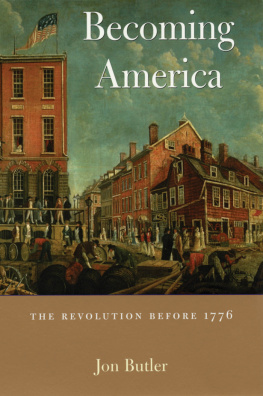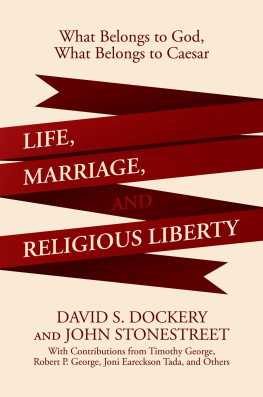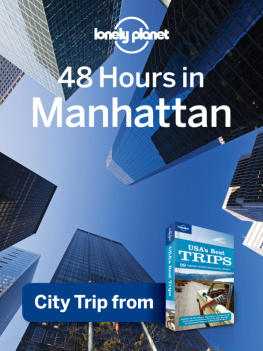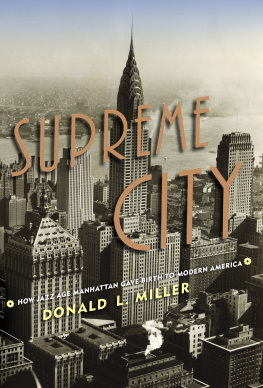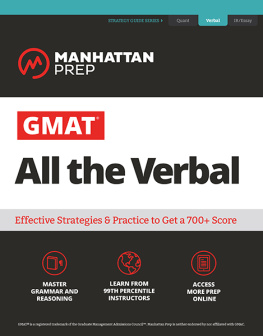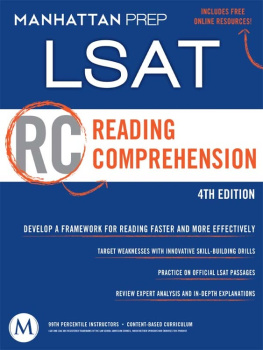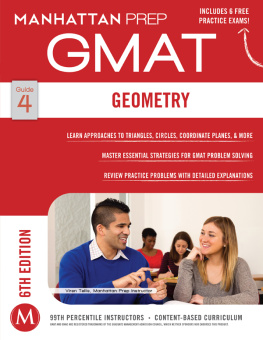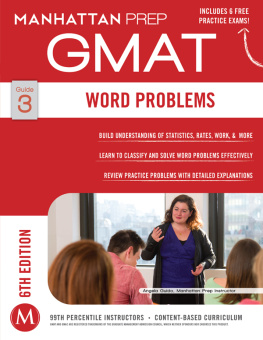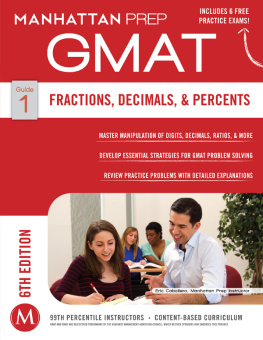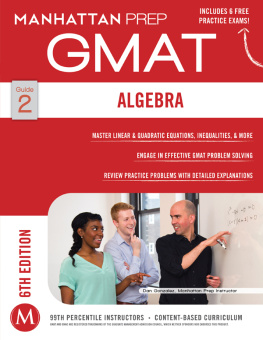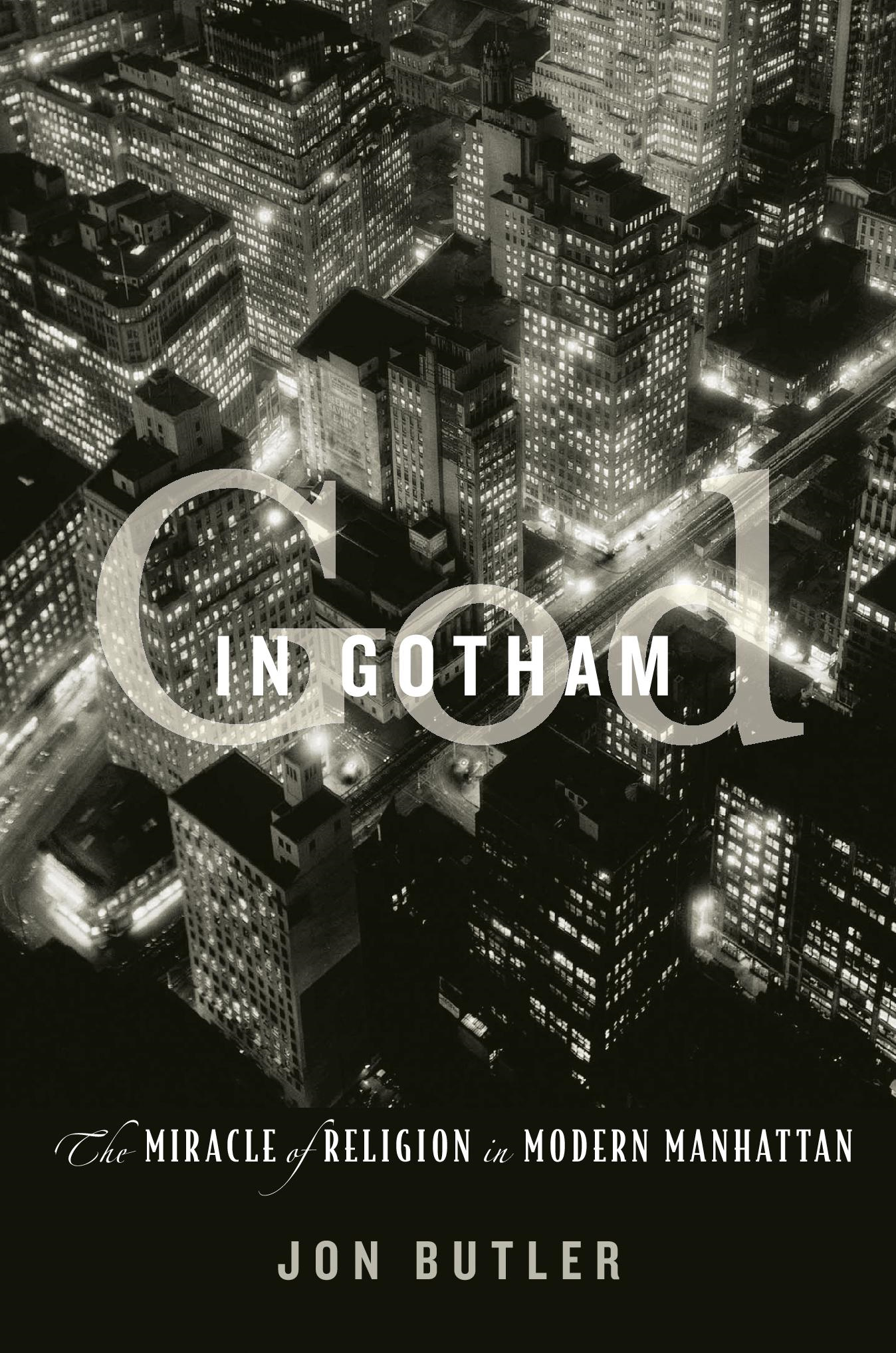Jon Butler - God in Gotham: The Miracle of Religion in Modern Manhattan
Here you can read online Jon Butler - God in Gotham: The Miracle of Religion in Modern Manhattan full text of the book (entire story) in english for free. Download pdf and epub, get meaning, cover and reviews about this ebook. City: Cambridge, year: 2020, publisher: Belknap Press, genre: History. Description of the work, (preface) as well as reviews are available. Best literature library LitArk.com created for fans of good reading and offers a wide selection of genres:
Romance novel
Science fiction
Adventure
Detective
Science
History
Home and family
Prose
Art
Politics
Computer
Non-fiction
Religion
Business
Children
Humor
Choose a favorite category and find really read worthwhile books. Enjoy immersion in the world of imagination, feel the emotions of the characters or learn something new for yourself, make an fascinating discovery.

- Book:God in Gotham: The Miracle of Religion in Modern Manhattan
- Author:
- Publisher:Belknap Press
- Genre:
- Year:2020
- City:Cambridge
- Rating:4 / 5
- Favourites:Add to favourites
- Your mark:
God in Gotham: The Miracle of Religion in Modern Manhattan: summary, description and annotation
We offer to read an annotation, description, summary or preface (depends on what the author of the book "God in Gotham: The Miracle of Religion in Modern Manhattan" wrote himself). If you haven't found the necessary information about the book — write in the comments, we will try to find it.
A master historian traces the flourishing of organized religion in Manhattan between the 1880s and the 1960s, revealing how faith adapted and thrived in the supposed capital of American secularism.
In Gilded Age Manhattan, Catholic, Jewish, and Protestant leaders agonized over the fate of traditional religious practice amid chaotic and multiplying pluralism. Massive immigration, the anonymity of urban life, and modernitys rationalism, bureaucratization, and professionalization seemingly eviscerated the sense of religious community.
Yet fears of religions demise were dramatically overblown. Jon Butler finds a spiritual hothouse in the supposed capital of American secularism. By the 1950s Manhattan was full of the sacred. Catholics, Jews, and Protestants peppered the borough with sanctuaries great and small. Manhattan became a center of religious publishing and broadcasting and was home to august spiritual reformers from Reinhold Niebuhr to Abraham Heschel, Dorothy Day, and Norman Vincent Peale. A host of white nontraditional groups met in midtown hotels, while black worshippers gathered in Harlems storefront churches. Though denied the ministry almost everywhere, women shaped the lived religion of congregations, founded missionary societies, and, in organizations such as the Zionist Hadassah, fused spirituality and political activism. And after 1945, when Manhattans young families rushed to New Jersey and Long Islands booming suburbs, they recreated the religious institutions that had shaped their youth.
God in Gotham portrays a city where people of faith engaged modernity rather than foundered in it. Far from the world of disenchantment that sociologist Max Weber bemoaned, modern Manhattan actually birthed an urban spiritual landscape of unparalleled breadth, suggesting that modernity enabled rather than crippled religion in America well into the 1960s.
Jon Butler: author's other books
Who wrote God in Gotham: The Miracle of Religion in Modern Manhattan? Find out the surname, the name of the author of the book and a list of all author's works by series.

